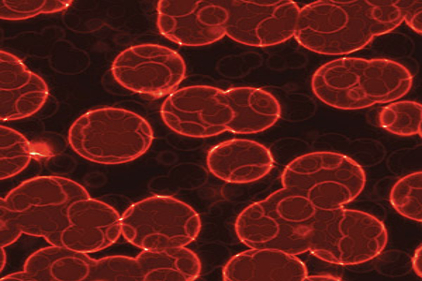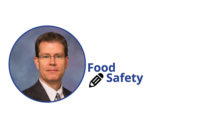Food safety is increasingly becoming a global challenge. Recent foodborne illness outbreaks involving a wide range of food products have clearly shown that food pathogens such as Salmonella, Listeria and E. coli have breached their natural habitats. Most of these outbreaks have forced federal regulatory agencies to initiate recalls of unsafe food products on an almost daily basis to protect consumers from harmful pathogens capable of causing health hazards.
Foods such as bakery and snack products are largely considered to be safer than moist foods such as produce and meat products because they don’t support the rapid growth of microorganisms. However, research clearly indicates that pathogens such as Salmonella can survive for a long time in adverse conditions, including low-moisture environments.
Despite recent improvements in the production, handling and distribution of bakery and snack products, protecting consumers from foodborne illness still remains a challenge for manufacturers.
Although most bakery and snack food products undergo an alleged “kill step”—baking, roasting, extruding or frying—during production, these control points lack scientific validation.
Kill-step validation is the only way to prove that a particular process is consistently delivering a desired lethal effect to ensure the destruction of pathogenic microorganisms. Kill-step validation is a mandatory requirement stipulated by the Food and Drug Administration’s (FDA) Food Safety Modernization Act (FSMA). This law focuses more on preventing food-safety issues, including providing documented evidence that methods used will result in safe product, than on reacting to foodborne disease outbreaks. The final rule addressing kill-step validation is due to be published no later than August 2015. The ruling has created an urgent, industry-wide need for developing a specific kill-step validation protocol that can better ensure product safety. The creation of such a protocol is underway through collaborative efforts between the American Institute of Baking International (AIB) and Kansas State University.
The advantages of validating a kill step include achieving maximum food safety and protecting consumers, meeting the safety standards set by regulatory agencies, saving the food industry millions of dollars by avoiding recalls and other legal penalties due to foodborne illness outbreaks, retaining consumer confidence and supporting business success.
How do you conduct a kill-step validation study? It should be conducted by a qualified food microbiologist and follow established laboratory safety practices and standard operating procedures study. The challenge is to accurately reproduce the process (similar to industry) in the laboratory to achieve the desired specifications.
Sufficient care should be taken when using surrogates, as these organisms can have adverse implications on spoilage.
Scientific methods require that all validation experiments be conducted in triplicates. It’s also appropriate to run the three tests on different days using three different batches of ingredients or product to account for potential variations between production runs. Enumeration of treated and untreated samples (controls) should be performed to determine the log reduction.
The experiment should be designed and tested for worst-case conditions, such as lowest oven temperature, fastest belt speed, lowest zone temperature, coldest spot possible, shortest time exposed, maximum load per batch, lowest concentration (e.g., during chemical inhibition), lowest and highest relative humidity, lowest moisture content, and so on.
Conducting kill-step validation studies is new to the bakery and snack food industries. But given the increased virulence and resistance of pathogens, the drop in consumer confidence and increased regulatory requirements, it’s a reality that cannot be denied. Now is the time for manufacturers to identify relevant pathogens for their given products, determine variability in process lines and engage microbiologists to establish protocols specific to their products and process.
Author Stephanie Lopez is vice president of Food Safety Services Innovation. Since joining AIB in July 2000, she has held the titles of food-safety auditor, HACCP coordinator, director of food-safety education and vice president of food-safety education. Lopez is also recognized internationally in the food industry as an enthusiastic trainer and a prolific author of technical publications.









